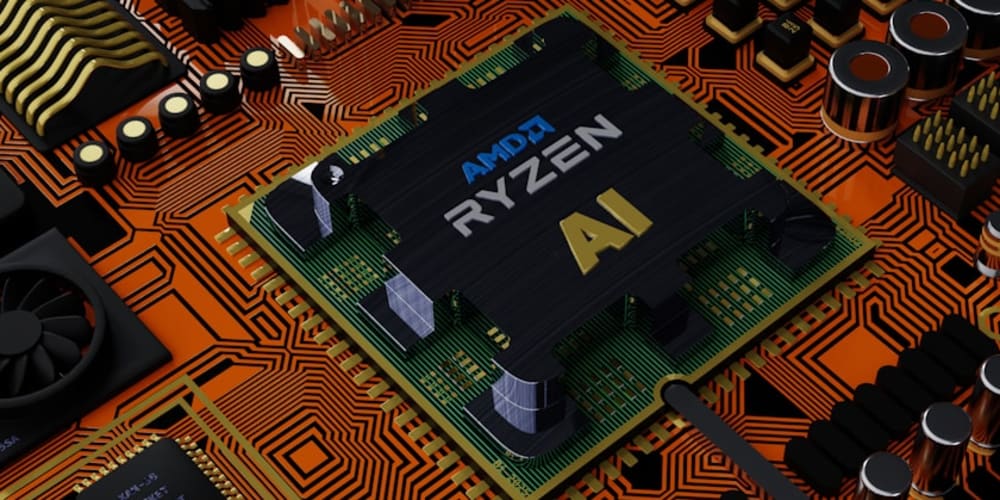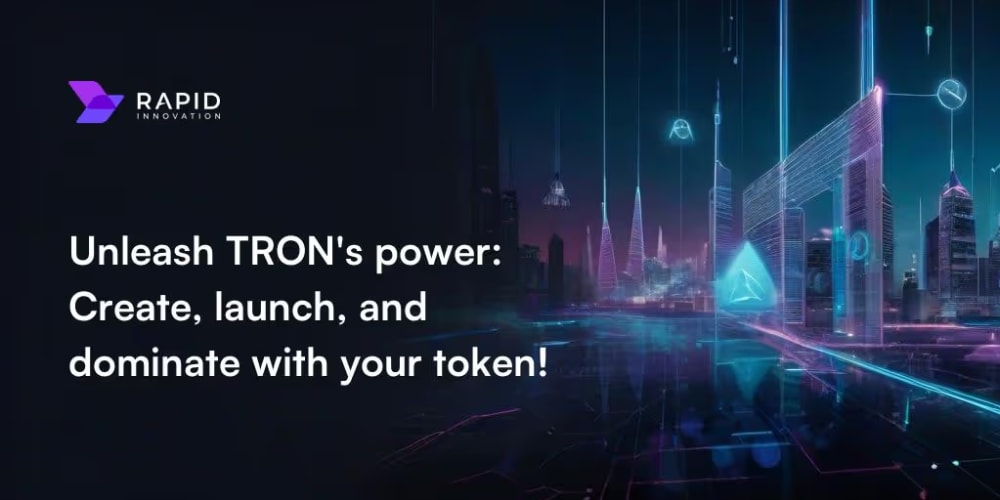<!DOCTYPE html>
Why Open-Source Contributions Might Be Your Best Bet for Getting Hired as a Developer in the AI Era
<br> body {<br> font-family: sans-serif;<br> margin: 0;<br> padding: 0;<br> line-height: 1.6;<br> }</p> <div class="highlight"><pre class="highlight plaintext"><code> h1, h2, h3 { margin-top: 2rem; } img { max-width: 100%; height: auto; display: block; margin: 1rem auto; } code { background-color: #f0f0f0; padding: 0.2rem 0.4rem; border-radius: 3px; } pre { background-color: #f0f0f0; padding: 1rem; border-radius: 5px; overflow-x: auto; } </code></pre></div> <p>
Why Open-Source Contributions Might Be Your Best Bet for Getting Hired as a Developer in the AI Era
The AI revolution is transforming the tech landscape, and with it, the hiring landscape for developers. In this era of machine learning, deep learning, and natural language processing, employers are seeking developers with not just theoretical knowledge, but also practical experience and a proven track record of success. This is where open-source contributions come in.
While traditional resumes showcase academic credentials and previous work experience, they often fail to capture the depth of a developer's skills, especially in the fast-evolving world of AI. Open-source contributions, on the other hand, provide a concrete demonstration of your abilities, showcasing your understanding of complex concepts and your ability to contribute to real-world projects.
Why Open-Source Contributions Matter in the AI Era
Here's why open-source contributions are increasingly becoming a valuable asset for aspiring AI developers:
- Demonstrating Technical Proficiency
Contributing to open-source projects allows you to dive deep into cutting-edge AI technologies. By working with real-world codebases, you gain hands-on experience with libraries like TensorFlow, PyTorch, and scikit-learn, and build a portfolio that showcases your ability to implement and refine AI algorithms.
Open-source contributions are public, and your contributions are visible to the entire community. This allows you to build a strong reputation and gain recognition for your expertise. Moreover, collaborating with fellow developers on open-source projects provides an invaluable opportunity to network and build connections within the AI community.
Open-source projects are often complex and challenging. By contributing, you hone your problem-solving skills, learning how to debug code, identify issues, and propose solutions. These skills are highly valued by employers in the AI domain, where real-world challenges are often multifaceted and require creative solutions.
The AI field is evolving rapidly, with new tools and techniques emerging constantly. Open-source projects are often at the forefront of innovation, exposing you to the latest advancements and providing a platform to experiment with them. This ensures that you stay relevant and competitive in the ever-changing AI landscape.
Contributing to open-source projects demonstrates your initiative and your passion for the field. It shows employers that you are not simply seeking a job but actively contributing to the advancement of AI technology. This passion and dedication can be a significant factor in securing a position, especially in a competitive field like AI development.
How to Get Started with Open-Source Contributions
Getting started with open-source contributions might seem daunting, but it's easier than you think. Here's a step-by-step guide to help you navigate the process:
Start by exploring popular open-source repositories like GitHub. Browse through projects related to AI, deep learning, natural language processing, or other areas of interest. Look for projects that are actively maintained and have a friendly community.
Once you've found a project, take some time to understand its codebase, documentation, and contribution guidelines. Read the README file, explore the issues and pull requests, and familiarize yourself with the project's development workflow.
Look for issues marked as "good first issue" or "beginner-friendly." These issues are generally easier to solve and provide a good starting point for new contributors. Don't be afraid to ask for clarification or guidance from experienced contributors if you're unsure about anything.
Create a fork of the project's repository on GitHub. This will create a copy of the project under your own account, allowing you to make changes without affecting the original repository.
Create a new branch within your fork to isolate your changes. This helps you keep your work organized and makes it easier to merge your changes back into the main branch.
Work on the issue you've chosen, making sure to follow the project's coding style and guidelines. Test your code thoroughly before submitting your changes.
Once you're satisfied with your changes, create a pull request (PR) to submit your work back to the original repository. Provide a clear description of the changes you made, and ensure that your code passes all tests.
Be prepared to answer questions from reviewers and address any feedback they provide. Collaborate with other contributors to improve your code and ensure that your changes are well-integrated into the project.
Examples of Open-Source AI Projects
Here are a few examples of popular open-source AI projects that can provide valuable learning experiences:
A powerful open-source library for numerical computation and large-scale machine learning developed by Google. Contribute to TensorFlow to improve its performance, add new features, or fix bugs.
An open-source machine learning framework developed by Facebook. Contribute to PyTorch by improving its core functionality, developing new models, or enhancing documentation.
A widely used Python library for machine learning algorithms. Contribute to scikit-learn by adding new algorithms, improving existing ones, or enhancing its documentation.
A library for state-of-the-art natural language processing models, including BERT, GPT-2, and RoBERTa. Contribute to Transformers by developing new models, implementing novel techniques, or improving the library's performance.
Conclusion
In the AI era, open-source contributions are no longer just a way to give back to the community; they are a strategic move for any aspiring developer. By contributing to open-source projects, you gain practical experience, build a strong portfolio, and demonstrate your skills to potential employers. So, dive into the world of open-source AI, embrace the challenge, and let your contributions speak louder than any resume.




















